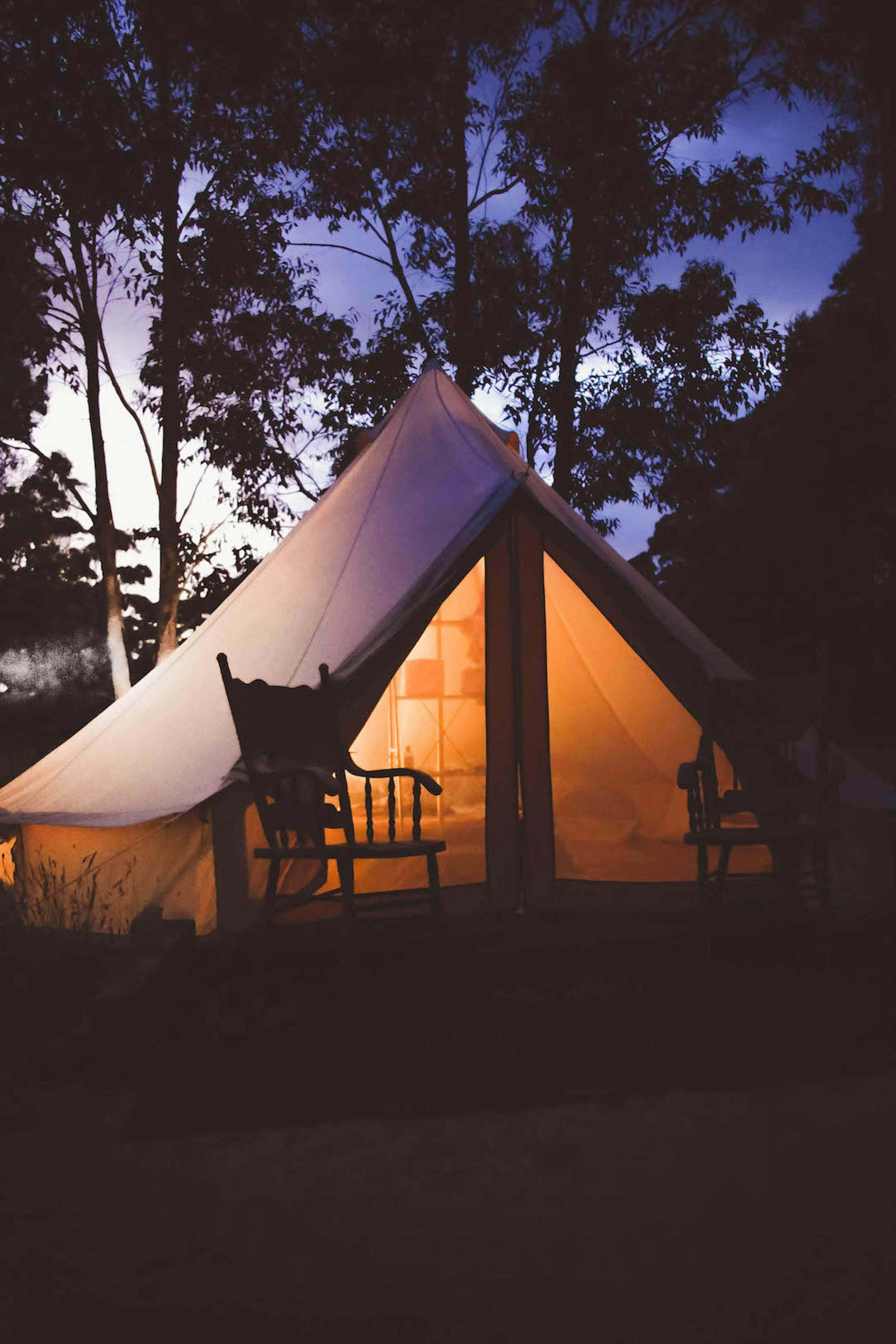The Renaissance of Glamping: A New Wave in Outdoor Travel
Traveling is an ever-evolving endeavor. Over the years, we've seen various trends come and go. However, one style of travel that has taken a significant leap forward in popularity and refinement is glamping. Once considered a fringe trend, glamping has now entered mainstream travel, transforming the way we perceive outdoor vacations.

The Historical Roots of Glamping
The concept of glamping, a portmanteau of ‘glamorous’ and ‘camping,’ isn’t entirely new. It can trace its roots back to the 16th century when the Scottish Earl of Atholl prepared a luxurious camping experience for King James V and his mother. The campsite included lavish decor and all the comforts of their palace. Fast forward to the 21st century, and we find that this princely pastime has become a popular trend among modern travelers, offering a luxurious alternative to traditional camping.
The Contemporary Glamping Scene
Today, glamping is a multi-faceted phenomenon that incorporates elements of luxury, sustainability, and immersion in nature. It provides the thrill of being in the great outdoors without sacrificing comfort and convenience. It is no longer just about pitching a tent in the wilderness but about unique accommodation options, such as yurts, treehouses, and safari tents, equipped with amenities akin to boutique hotels.
Advantages and Challenges of Glamping
Glamping offers a unique blend of luxury and nature. It allows travelers to connect with the environment without compromising on comfort. It’s a perfect choice for those who love the idea of camping but are deterred by the inconveniences associated with it. However, glamping also faces certain challenges. As it gains popularity, there’s an increasing need to ensure it remains sustainable, minimizing its impact on the natural surroundings.
Impact of Glamping on Travelers
Glamping has significantly broadened the scope of outdoor vacations. It has made nature-centric holidays more accessible and appealing to a larger demographic. It has not only reshaped the camping industry but has also influenced the luxury travel market by offering an alternative to standard luxury accommodations.
Interesting Glamping Insights
- Glamping is now a global trend, with glamping sites popping up from Europe to Australia.
- The glamping market is expected to reach $4.8 billion by 2025.
- There’s a growing demand for unusual accommodations like treehouses, tipis, and converted shipping containers.
- Glamping is popular among millennials and Gen Z travelers, who value unique experiences and Instagram-worthy accommodations.
In conclusion, glamping is more than just a travel trend. It’s a reflection of a broader shift in the way we perceive and experience travel. It encapsulates the evolving travel ethos of seeking unique, immersive experiences, while also prioritizing comfort and luxury. As the travel landscape continues to evolve, glamping is likely to remain a significant part of the conversation, shaping the future of outdoor vacations.




